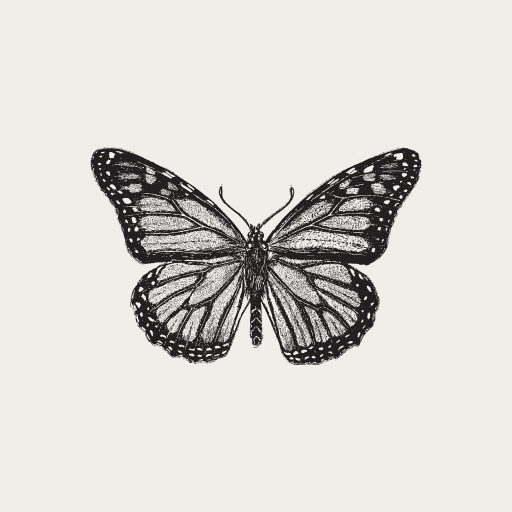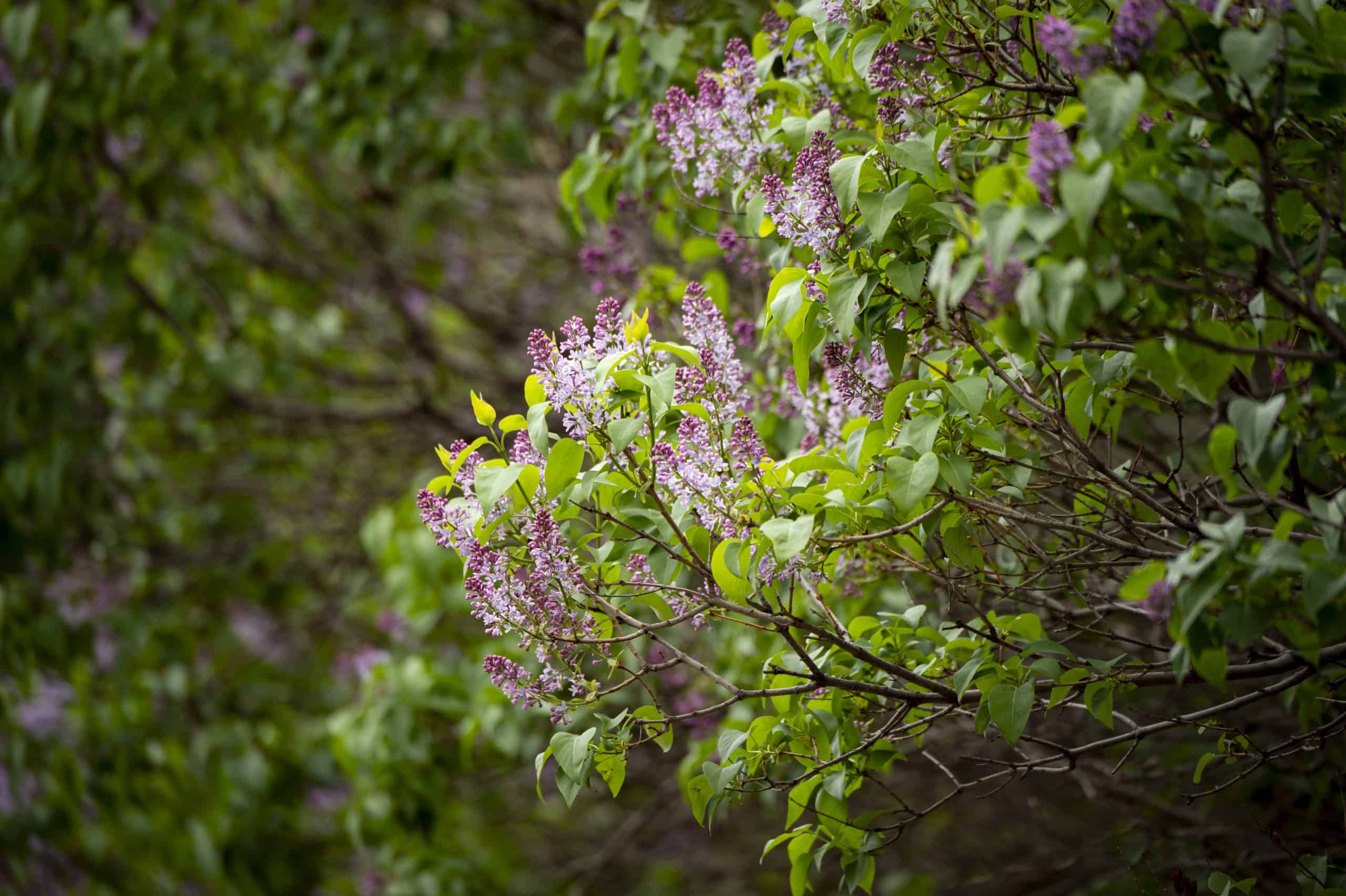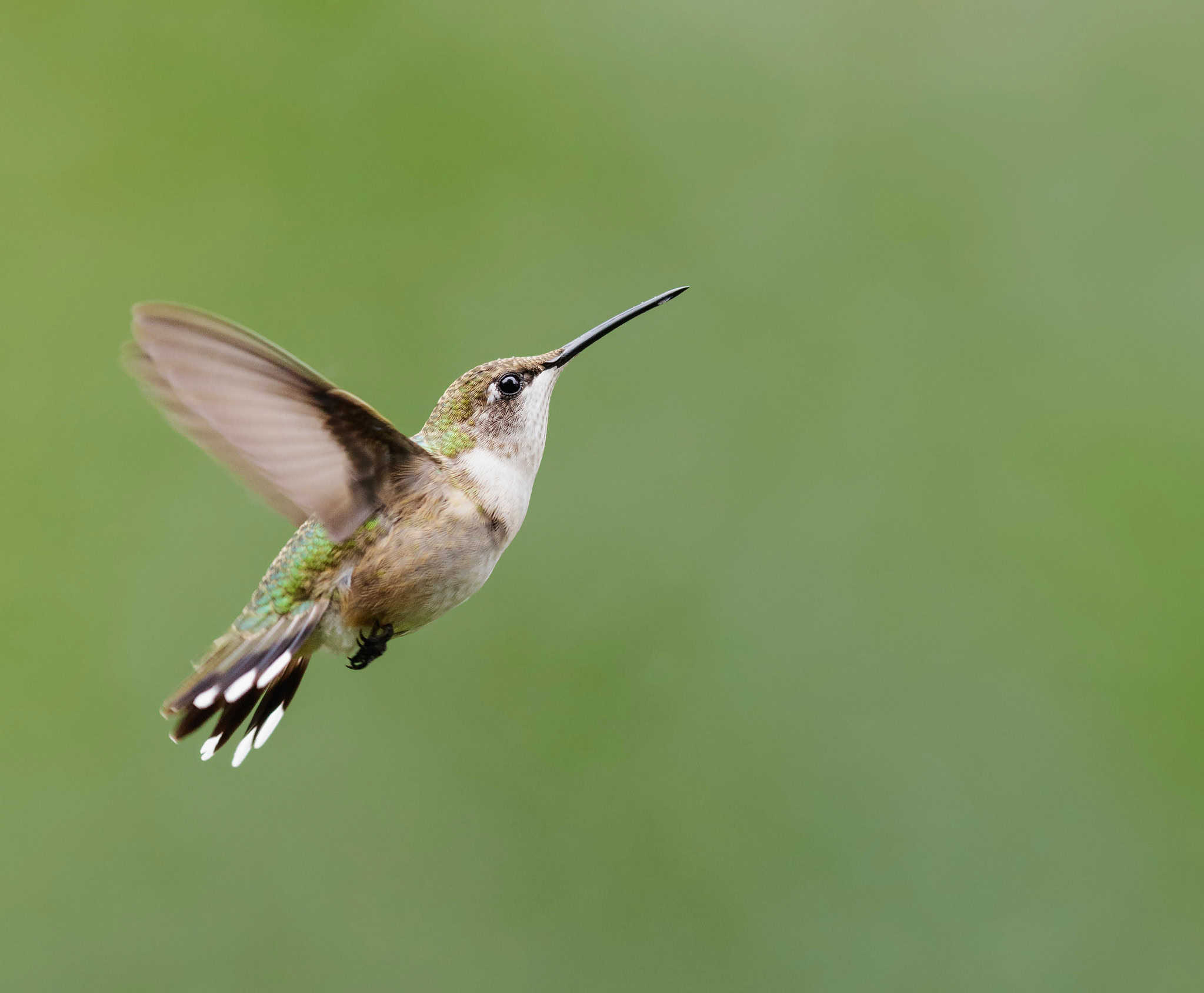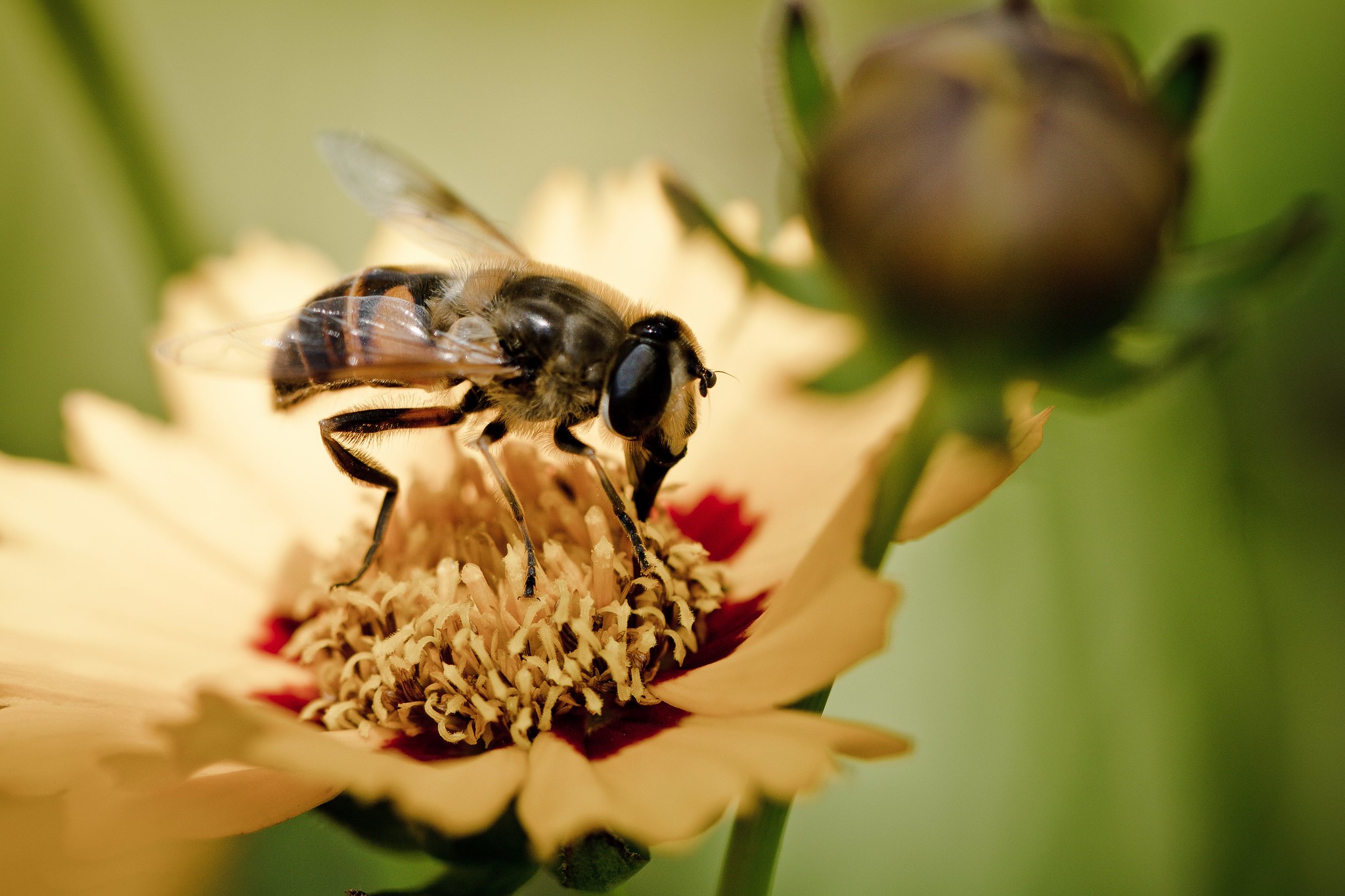Planting natives as a strategy for ecosystem defense.
Invasive species are a growing concern for ecosystems around the world. These non-native plants, animals, and pests often wreak havoc on local habitats, outcompeting native species for resources and disrupting delicate ecological balances. While invasive species pose a significant challenge, there is hope—and it lies in the power of native plants. By reintroducing native species into our landscapes, we can help defend our ecosystems and fight back against invasive threats. Let’s explore how planting native plants can serve as a strategic tool in protecting and restoring the health of our ecosystems.
Understanding Invasive Species and Their Threats
Invasive species are organisms that are introduced to a new area—either intentionally or accidentally—and cause harm to the local environment, economy, or human health. Some common invasive species include plants like kudzu, Japanese honeysuckle, and purple loosestrife, as well as animals such as zebra mussels and Burmese pythons. These invaders often lack natural predators or competitors in their new environment, which allows them to thrive and spread rapidly.
The threat of invasive species is significant. They can outcompete native plants for sunlight, water, and nutrients, displace native wildlife, and even alter soil composition. The resulting loss of biodiversity weakens ecosystems and reduces their resilience to environmental stressors like drought or disease.
The Role of Native Plants in Ecosystem Health
Native plants are those that have evolved in a particular region and are naturally adapted to the local climate, soil, and wildlife. These plants have co-evolved with local animals, insects, and microorganisms, creating mutually beneficial relationships that help sustain healthy ecosystems. When planted in their native habitats, they provide food, shelter, and nesting sites for a wide range of wildlife—especially pollinators like bees and butterflies, which rely on native plants for sustenance.
One of the key strengths of native plants is their resilience. Because they are adapted to the local environment, native species are typically more drought-tolerant, disease-resistant, and better equipped to handle local pests and extreme weather conditions. They thrive without the need for excessive fertilizers, pesticides, or water, making them an essential part of sustainable gardening and conservation efforts.
How Native Plants Can Combat Invasive Species
So, how can planting native species help fight invasive species? When native plants are reintroduced to an area, they can naturally outcompete invasive species by providing the habitat and resources that local wildlife depend on. Native plants have evolved to thrive in specific ecosystems, making them well-suited to resist the spread of invasive species that may be less adapted to the environment.
One of the primary ways native plants combat invasives is by restoring habitat complexity. Invasive species often disrupt local food webs by removing essential food sources or outgrowing native plants. By planting a variety of native species, we can create more diverse habitats that support a broader range of wildlife. This, in turn, helps stabilize ecosystems and restore balance.
In some cases, native plants can directly suppress invasive species. For example, certain native grasses or groundcovers can act as natural barriers to the spread of aggressive invaders by shading out competing plants or altering soil chemistry. Additionally, the root systems of native plants help maintain soil health, preventing erosion and stabilizing landscapes that might otherwise be vulnerable to the spread of invasives.
Practical Tips for Using Native Plants to Fight Invasive Species
If you’re interested in using native plants as a tool in your fight against invasive species, there are several steps you can take to get started:
- Research Your Local Native Plants: Before you begin planting, take time to learn about the native species that grow in your region. You can consult local gardening centers, botanical gardens, or online resources to identify plants that thrive in your area and are effective at outcompeting invasive species.
- Choose the Right Plants for Your Space: Different native plants have different functions. Some are excellent for providing cover for wildlife, while others are more suited for erosion control. Select plants based on your goals, whether you’re restoring a wildflower meadow, creating a pollinator garden, or stabilizing a slope.
- Create a Diverse Landscape: A diverse landscape with a variety of native species is more resilient to invasive species. Including a mix of grasses, shrubs, and wildflowers ensures that your garden or habitat is attractive to a wide range of pollinators, birds, and beneficial insects.
- Control Invasive Species First: If your area is already overrun with invasive plants, it’s important to address the problem before planting native species. This may involve removing invasive plants by hand, using organic herbicides, or bringing in a local expert to help with larger infestations. Once invasive plants are under control, you can plant native species to fill the void.
- Join Local Conservation Efforts: Many communities and conservation organizations offer planting programs to restore native habitats. Consider participating in local initiatives to help combat invasive species on a larger scale.
The Larger Impact: Restoring Balance and Promoting Biodiversity
When we plant native species, we’re not just beautifying our yards or gardens—we’re actively working to restore ecological balance. By supporting the growth of native plants, we’re also supporting the animals, insects, and microorganisms that depend on them. This is especially crucial as invasive species continue to disrupt ecosystems.
On a broader scale, planting native species helps promote biodiversity. Biodiversity is the foundation of healthy ecosystems, and by planting native species, we’re helping to preserve that diversity. Every native plant we add to our landscape is one step closer to supporting the resilience of our environment, and that resilience can help our ecosystems thrive in the face of challenges like invasive species.
Harnessing the Power of Native Plants to Combat Invasive Species
The fight against invasive species can often feel overwhelming, but we have a powerful ally in native plants. By incorporating native species into our landscapes, we can restore habitat, outcompete invaders, and contribute to the overall health of our ecosystems. Whether you’re gardening in your backyard or working on larger conservation efforts, planting native plants is an essential strategy in protecting our natural world.
As we continue to face challenges in the fight against invasive species, we must remember that each small action counts. Start by learning about the native plants in your area, creating a habitat that supports local wildlife, and joining the growing movement to restore ecological balance. Together, we can use the power of native plants to defend our ecosystems and ensure a healthy future for all.
Take the next step today by researching native plants for your region and exploring ways you can contribute to local conservation efforts. Every native plant planted is a step toward a healthier, more resilient ecosystem. Let’s get planting!





